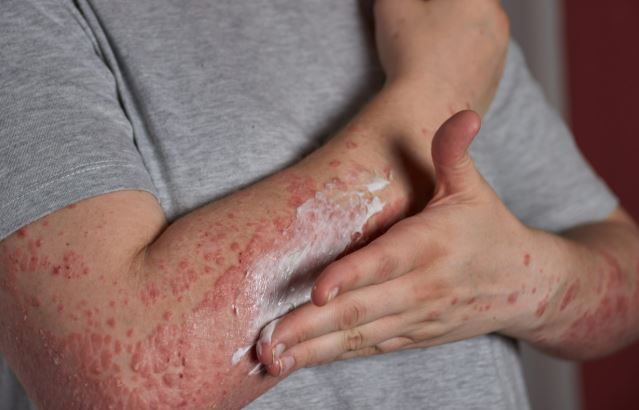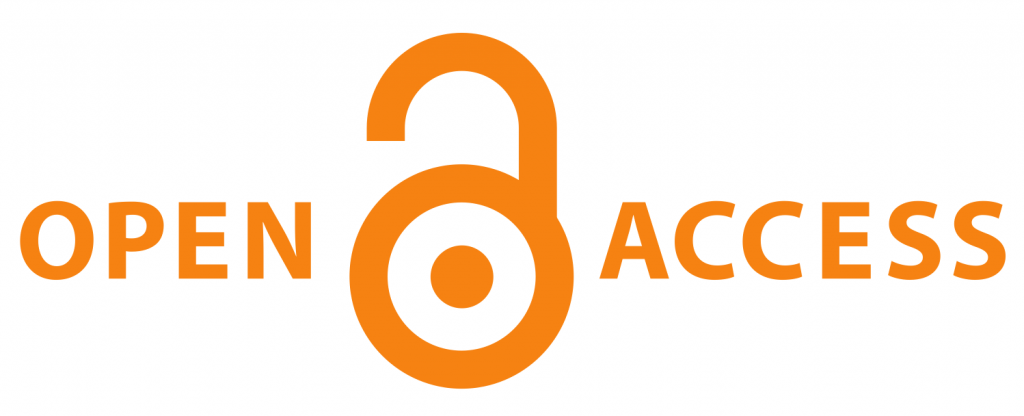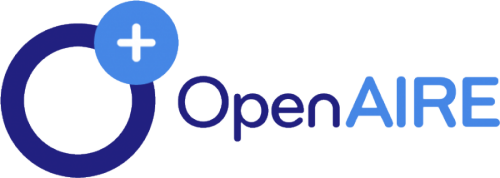The Role of Bhallataka as Immunomodulator in Autoimmune Disorder - A Review
DOI:
https://doi.org/10.21760/jaims.10.2.28Keywords:
Immunity, Immunomodulators, Rasayana, Bhallataka, Autoimmune DisordersAbstract
Normally, Immunity deals with both identifying foreign compounds and inactivating and rejecting bacteria and other foreign chemicals. The inability of this ability to distinguish between the body's own material and foreign material at some point is likely the fundamental component of Autoimmune Disorders. Due to changes in lifestyle, the prevalence of Autoimmune illnesses such as Rheumatoid Arthritis, Pemphigus Vulgaris, Systemic Lupus Erythematosus and Multiple Sclerosis etc., is on the rise. Substances that alter or control immunological processes are known as Immunomodulators. Immunomodulators decrease the hyperactive immune response that targets the body's own tissues, which aids in the management of various disorder. Bhallataka is one of the Rasayana Dravyas described in Ayurveda. We can utilize Bhallataka as Naimittika Rasayana because of its beneficial therapeutic properties, which include Anti-inflammatory, Anti-carcinogenic, Anti-microbial, Antioxidant, and Hypoglycemic.
Downloads
References
Golwalla AF, Golwalla S. Golwalla’s Medicine for Students – A Reference Book for the Family Physician. 25th ed. New Delhi: Jaypee Brothers Medical Publishers; 2017. Reprint 2018. p. 669.
Mohan H. Text of Pathology. 8th ed. New Delhi: Jaypee Brothers Medical Publishers; 2019. Chapter 5: Immunopathology including Amyloidosis. p. 144.
Sudarshana Shastri S, Upadhyaya Y. Madhva Nidanam of Sri Madhavkara. Varanasi: Chaukhambha Prakashan; 2018. Reprint edition.
Tripathi B. Astanga Hrdayam of Srimadvagbhata, Sutrasthan. Delhi: Chaukhamba Sanskrit Pratishthan; 2022. Reprinted edition. Chapter 1, Verse 5. p. 5.
Shukla AV, Tripathi RD. Carakasamhita of Agnivesa, Vol-II, Chikitsasthana, Rasayanadhyaya, Prankamiya Rasayanapaada. Delhi: Chaukhamba Sanskrit Pratishthan; 2017. Reprinted edition. p. 20–24.
Zarkhande O, Mishra U, et al. Dhanvantari Nighantu, Mishrakadi Varga. Varanasi: Chaukhamba Surbharati Prakashan; 2004. Reprinted edition. Verse 114. p. 114.
Shastri K. Rasatarangini, Vishopavishadi Vidnyaniya. Delhi: Motilal Banarasidas; 2014. Reprinted edition. Taranga 24, Verse 163. p. 676.
Ilanchezhian R, Joseph R, Rabinarayan A. Urushiol-induced contact dermatitis caused during Shodhana (purificatory measures) of Bhallataka (Semicarpus anacardium Linn.) fruit. Ayu. 2012 Apr-Jun;33(2):270–73.
Tripathi R, editor. Charaka Samhita of Agnivesa. Delhi: Chaukhamba Sanskrit Pratishthan; 2013. Reprinted edition. Chikitsasthan Adhyay 15, Grahnichikitsa. Verse 177–178. p. 382.
Lavekar GS. Database on Medicinal Plants Used in Ayurveda and Siddha, Vol-5. New Delhi: Central Council for Research in Ayurveda and Siddha; 2008. Reprint edition. p. 9–13.
Chunekar KC. Bhavaprakasha Nighantu of Shri Bhavamisra. Varanasi: Chaukhambha Bharati Academy; 2013. Revised & enlarged edition. Haritakyadivarga/232. p. 134.
Sharma PV, Sharma GP. Dhanvantari Nighantu, Chandanadivarga/129. Varanasi: Chaukhamba Orientalia; 2008. Reprint edition. p. 114.
Sharma PV. Dravyaguna-Vijnana, Vol-II. Varanasi: Chaukhambha Bharati Academy; 2022. Reprint edition. Chapter 2, Chakshushadi varga, Kushthaghna, Bhallataka. p. 169.
Sharma PV. Dravyaguna-Vijnana, Vol-II. Varanasi: Chaukhambha Bharati Academy; 2022. Reprint edition. Chapter 2, Chakshushadi varga, Kushthaghna, Bhallataka. p. 170.
Sharma PV. Dravyaguna-Vijnana, Vol-II. Varanasi: Chaukhambha Bharati Academy; 2022. Reprint edition. Chapter 2, Chakshushadi varga, Kushthaghna, Bhallataka. p. 166–170.
Verma N, Vinayak M. Semecarpus anacardium nut extract promotes the antioxidant defence system and inhibits anaerobic metabolism during development of lymphoma. Biosci Rep. 2009;29(3):151–64.
Ramprasath VR, Shanthi P, Sachdanandam P. Immunomodulatory and anti-inflammatory effects of Semecarpus anacardium nut milk extract in experimental inflammatory conditions. Biol Pharm Bull. 2006;29:693–700.
Sharma A, Mathur R, Dixit VP. Hypocholesterolemic activity of nut shell extract of Semecarpus anacardium (Bhilawa) in cholesterol-fed rabbits. Indian J Exp Biol. 1995;33:444–48.
Nair A, Bhide SV. Antimicrobial properties of different parts of Semecarpus anacardium. Indian Drugs. 1996;33:323–28.
Mathivadhani P, et al. Semecarpus anacardium nut extract demonstrates an inhibitory effect on human breast cancer cell line (T47D) by reducing Bcl(2) and increasing Bax, cytochrome c, caspases, PARP cleavage, and ultimately by internucleosomal DNA fragmentation.
Arul B, Kothai R, Christina AJ. Hypoglycemic and antihyperglycemic effect of Semecarpus anacardium Linn. in normal and streptozotocin-induced diabetic rats. Methods Find Exp Clin Pharmacol.















